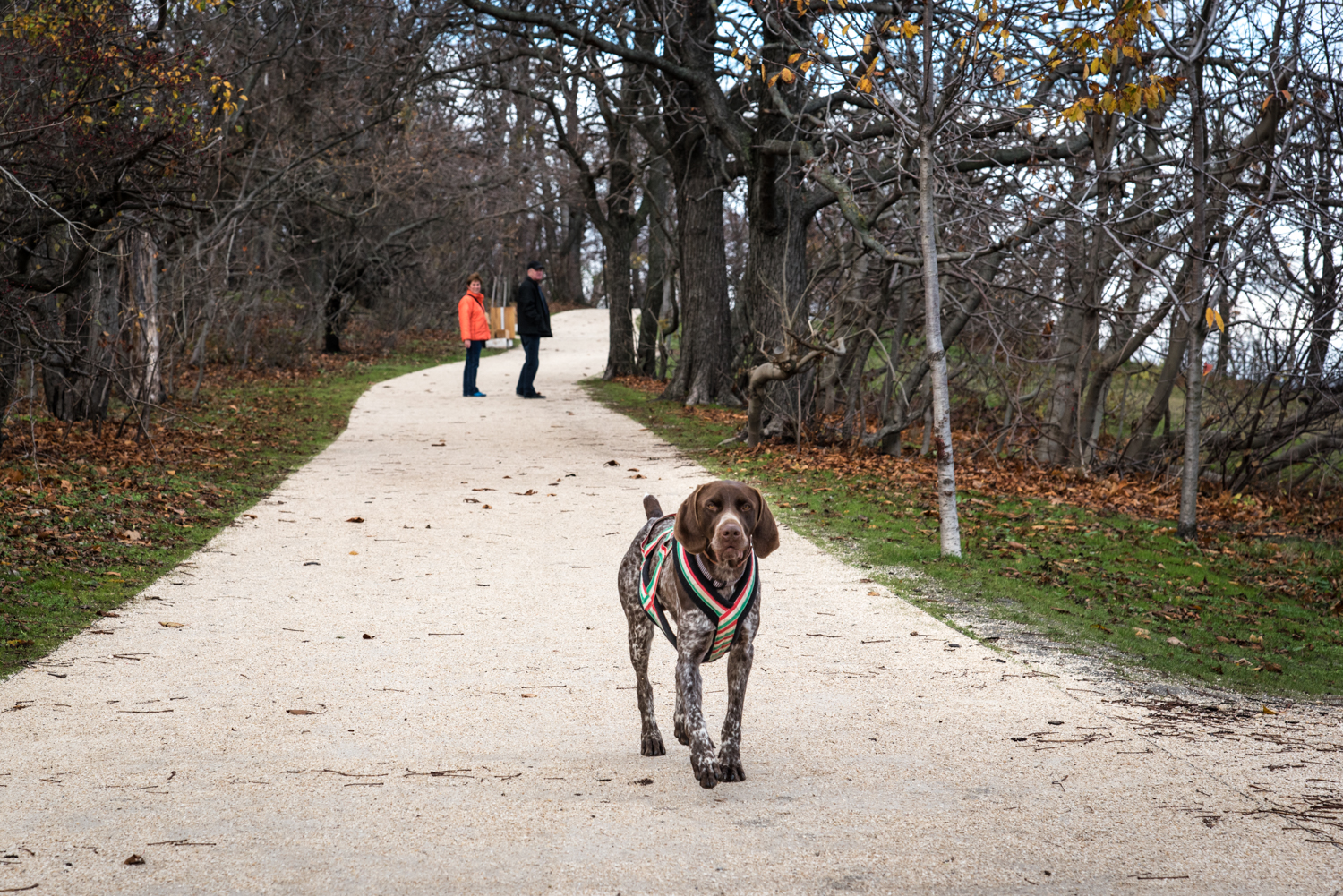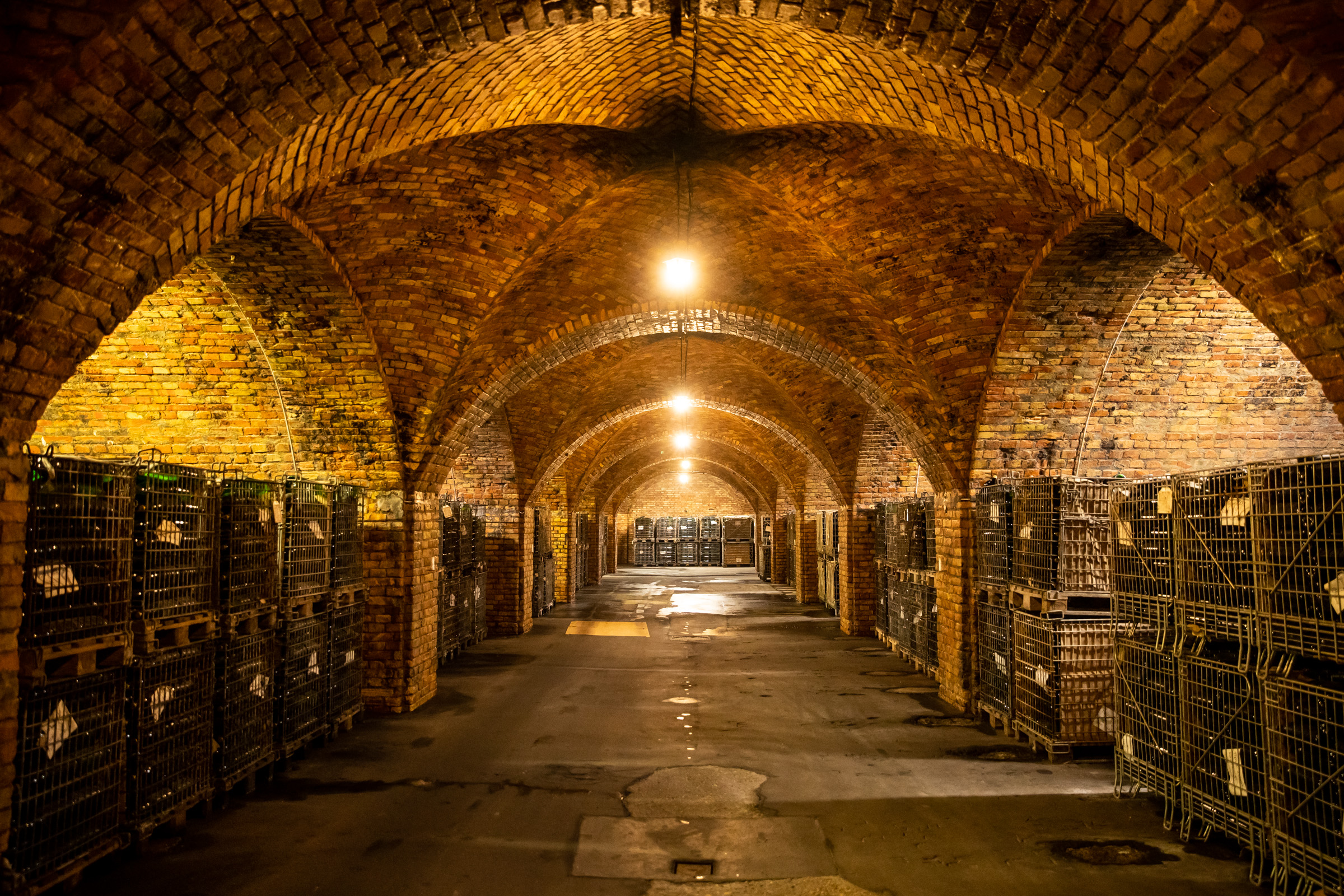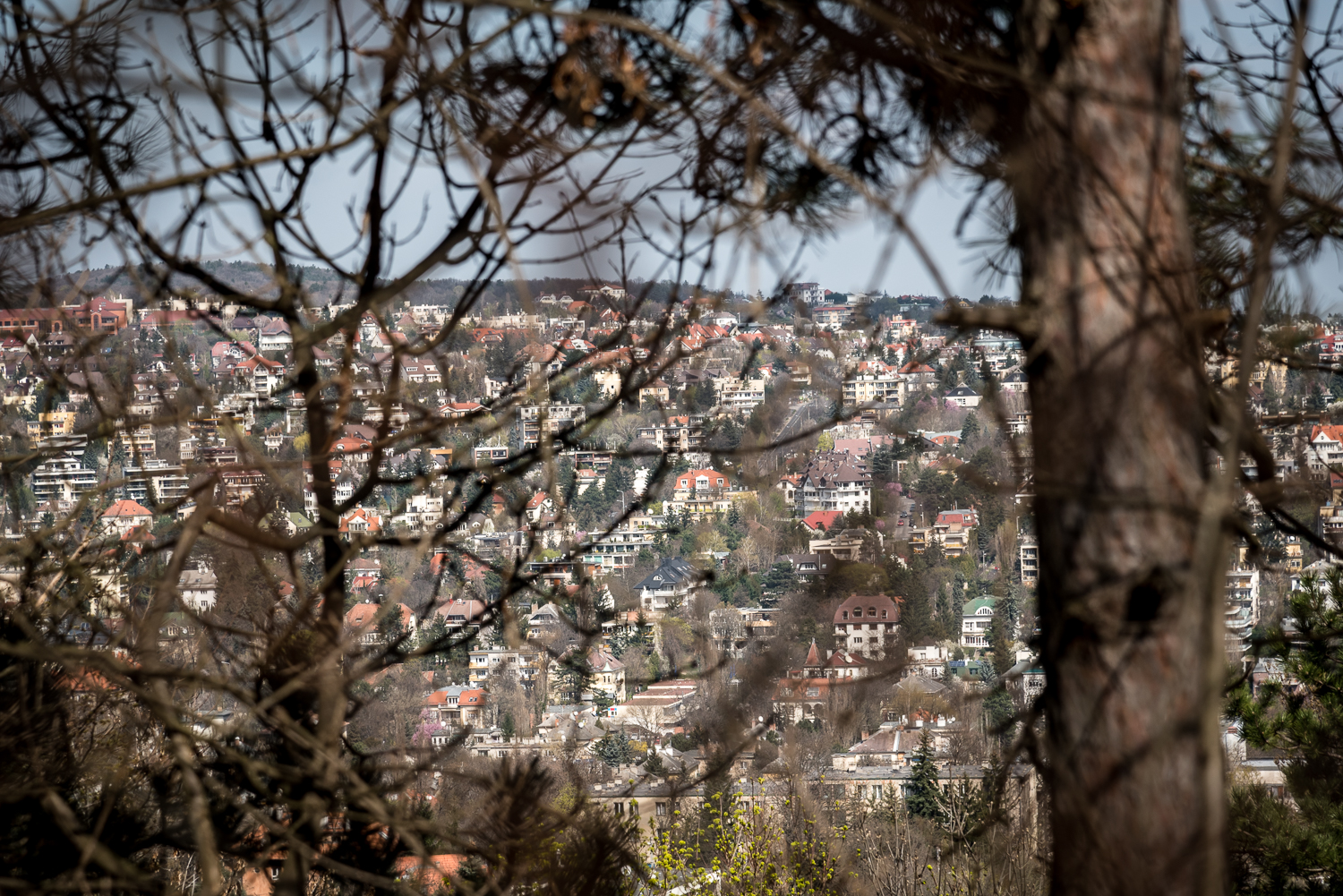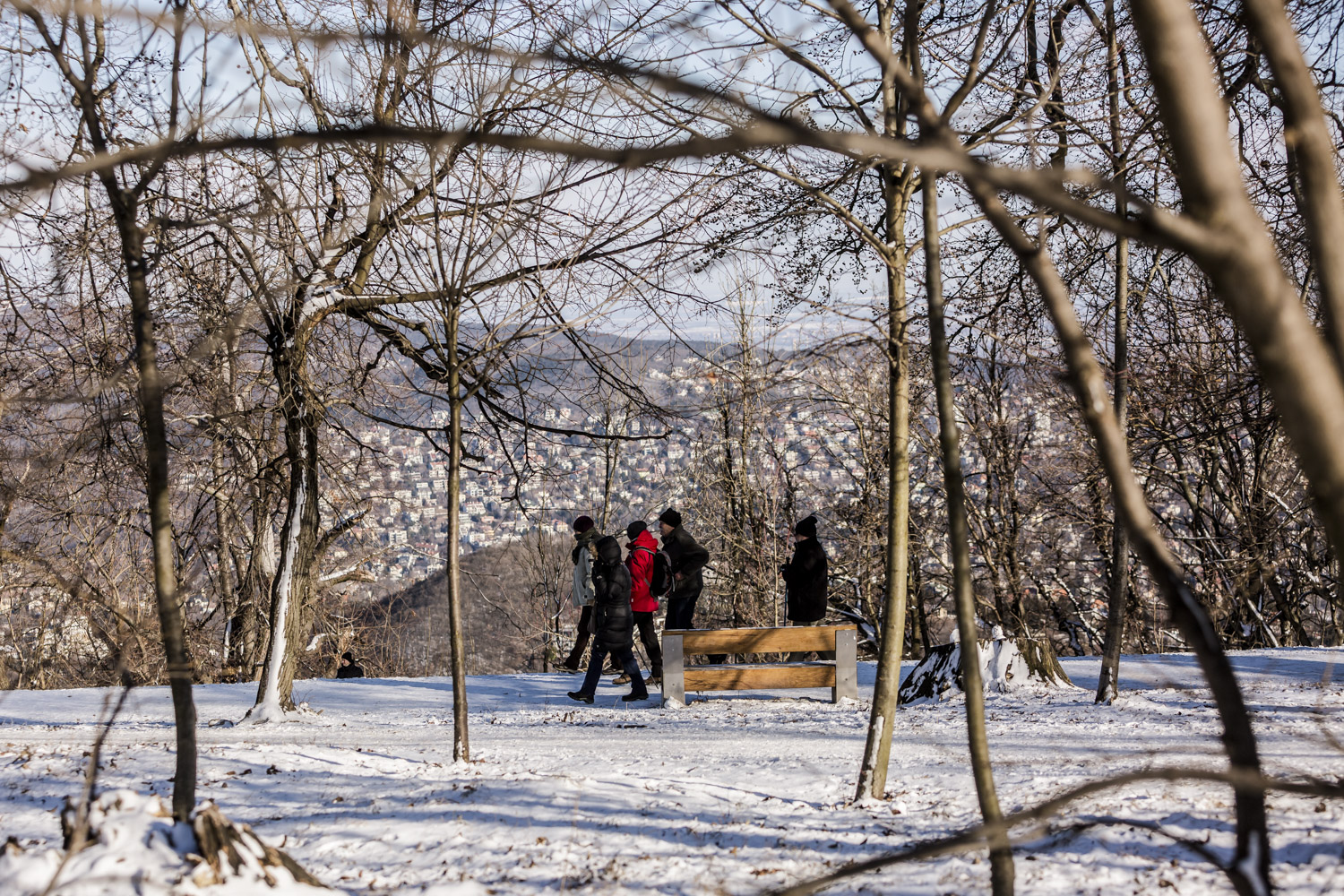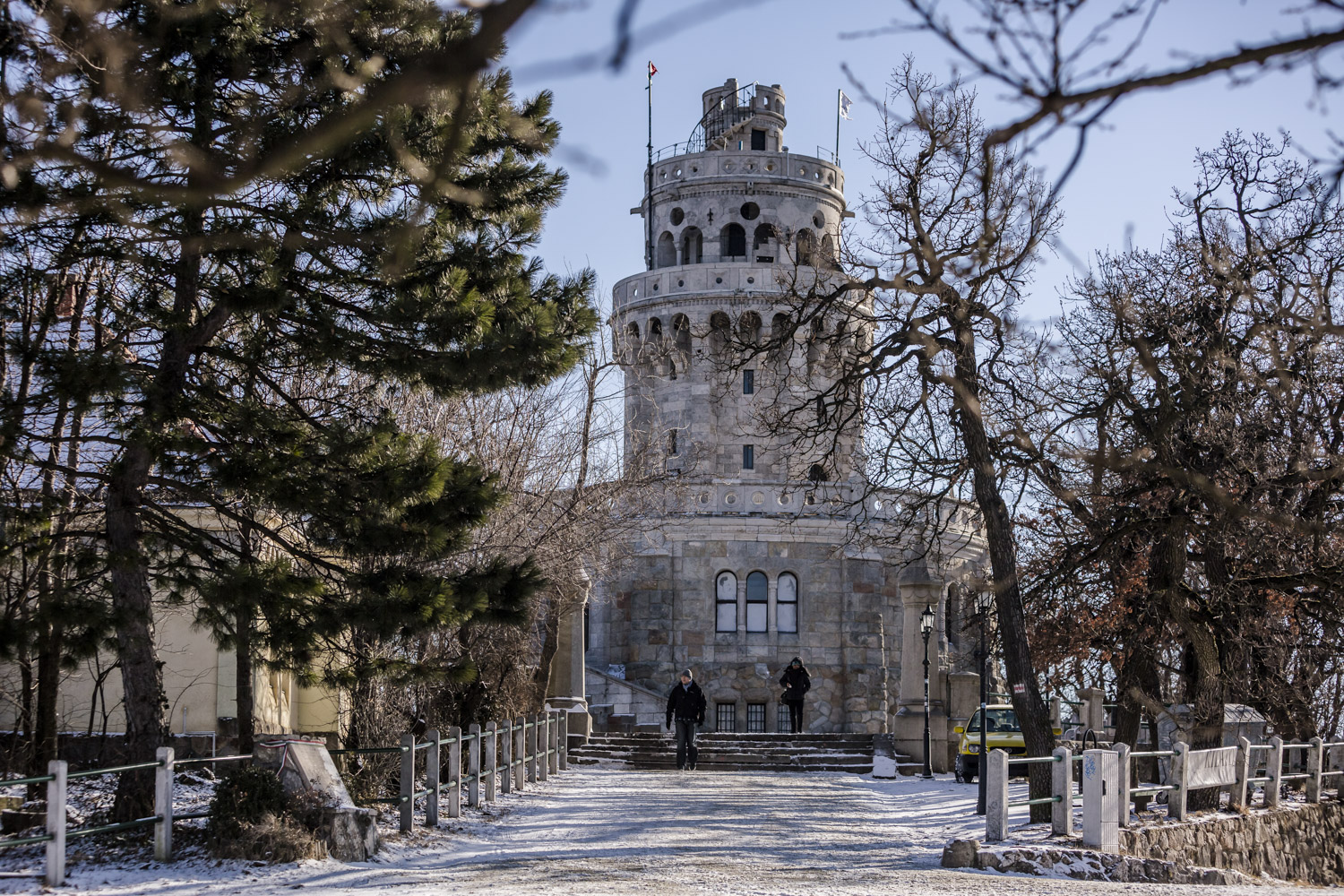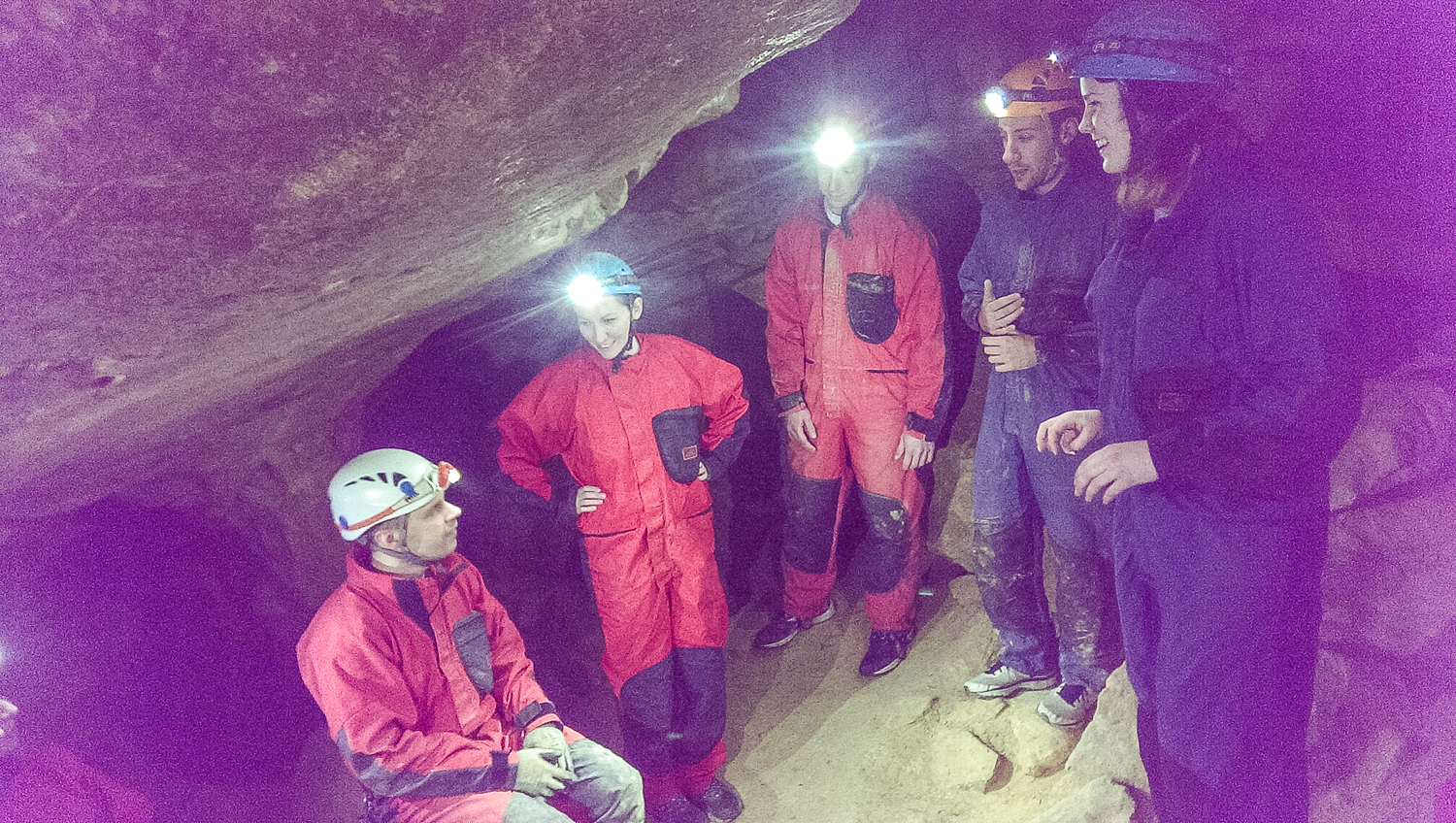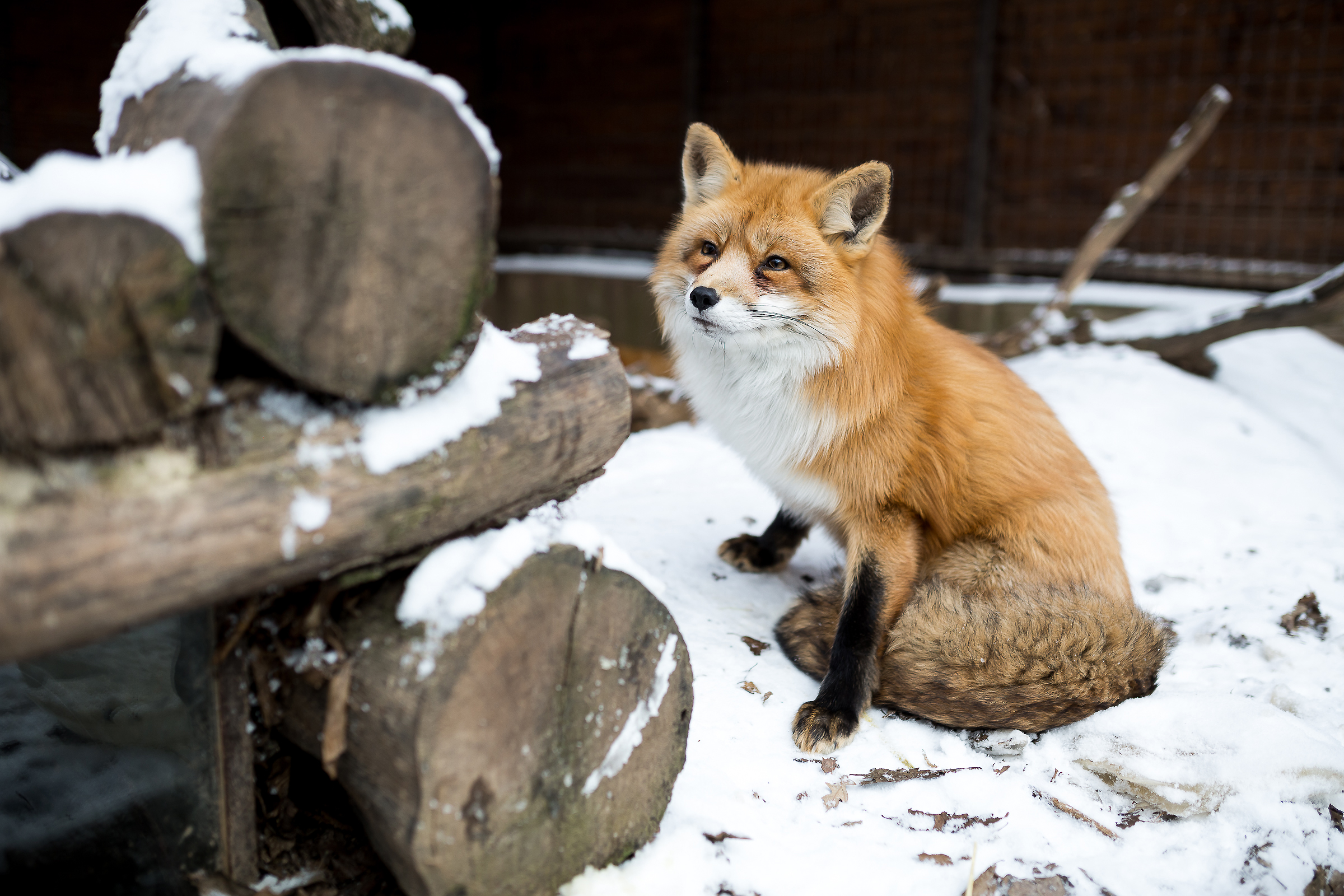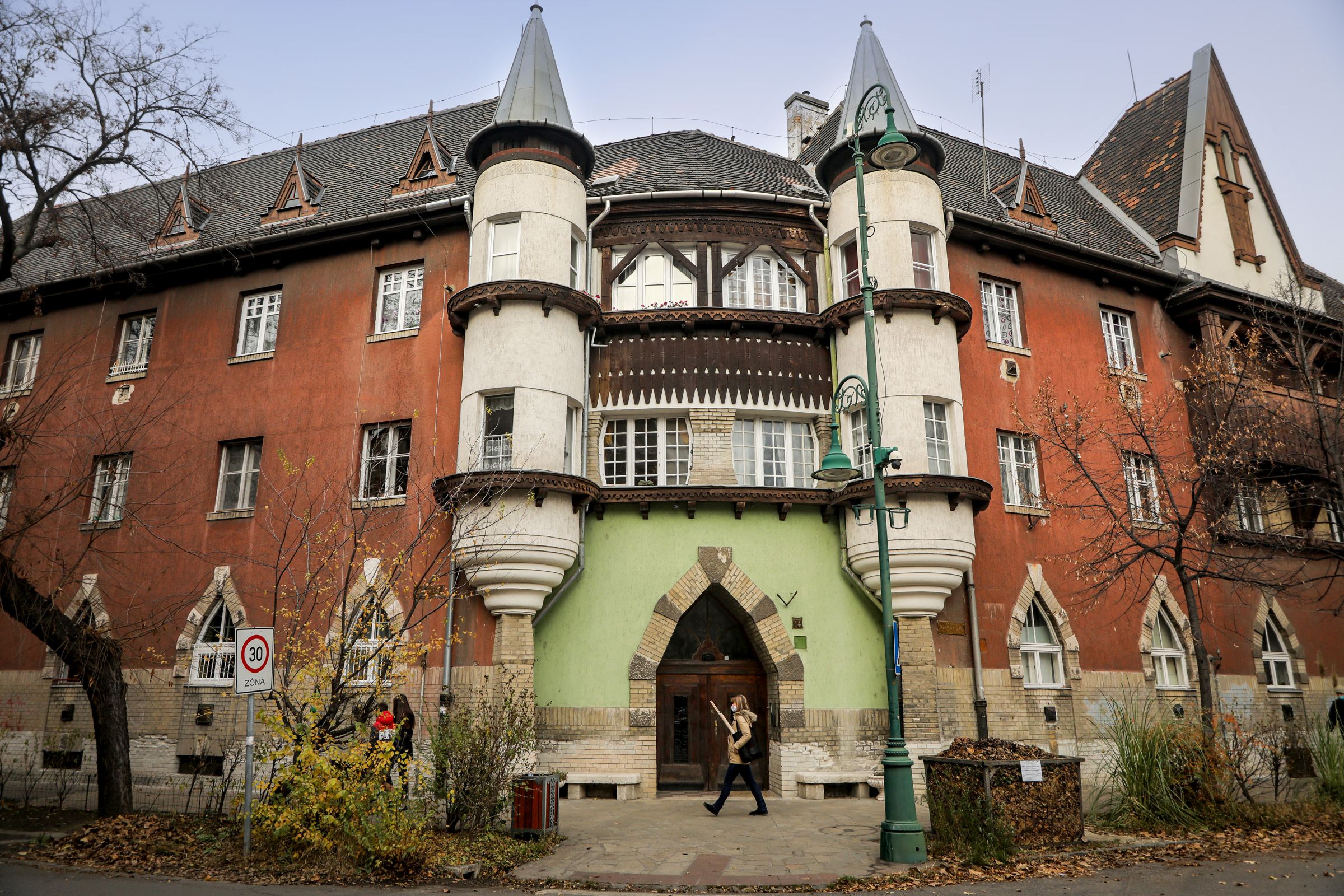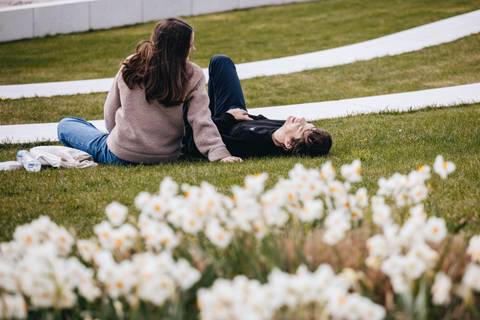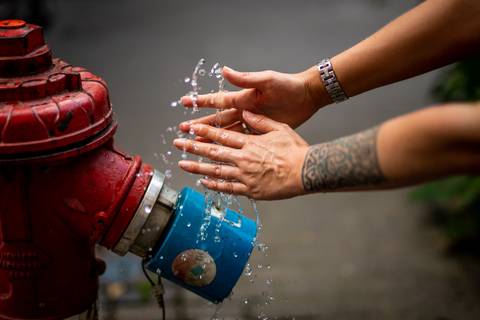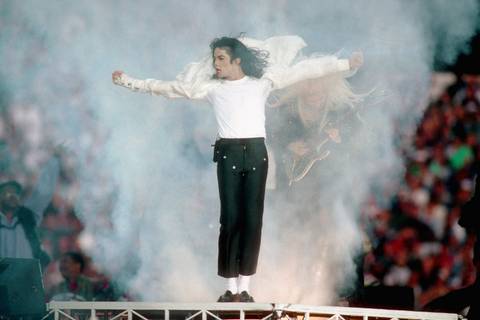Proper winter weather returns for the weekend, but a little cold should not stop anyone from venturing outdoors. We've rounded up the best places to visit in and around the capital, including classic hikes and walks in the woods. We also visited a wildlife park and dived underground, and, of course, had something to eat and drink. So let's explore Budapest!
3/9
sváb
If you're looking for a little hike and a great view, there's no better destination than Széchenyi Hill in the 12th district. Sometimes it's nice to get away from the hustle and bustle of the city and wander in nature. Walking along the Széchenyi memorial road, we come to the Széchenyi Monument, which few people know originally stood on Heroes' Square.
Looking down from the viewpoint, the whole city is revealed to us in a way we have never seen it before. The meandering Danube, the rolling hills of Buda and the plain of Pest embrace the city, and you can spot gigantic buildings, such as the Parliament and the Buda Castle, which look like miniatures.
And if you're feeling peckish, you can have lunch at the historic Kőbüfé at the nearby cogwheel railway station. The small building has a covered terrace in winter, and inside you can sample a variety of delicious Hungarian dishes in charming rooms under wooden-beamed ceilings. While enjoying your much-deserved lunch, look around to see old photos of the cogwheel railway (from the days when it was still pulled by steam locomotives) and posters from the Soviet era promoting the nearby Children's Railway.
4/9
norm
When it comes to places to visit in Budapest, the much-loved Normafa must not be left off the list. As soon as the snow starts to fall, the area comes alive, with sledgers, snowball fighters, and hikers taking over the area.
According to legend, the old beech tree that gave the place its name was felled in the year King Matthias was born, and in the 19th century, the opera aria from Bellini's Norma was performed under it. A few years ago, the area was restored, with benches and wooden tables, as well as hiking and jogging paths. If you're there, be sure to visit the popular strudel place, which has been serving hungry tourists since 1978.
If you're feeling more adventurous, you can also take a longer walk on the Svábhegy down from Normafa, where, although it's cold in winter, it's almost the only time you can see the real gems of the area, the villas, and mansions hidden in the verdure in the summer.
Those with a sweet tooth can reward themselves with a cake or two at the Szépkilátás Cukrászda (meaning ‘Panoramic Confectionary’), belonging to the Szamos Confectionery.
7/9
Pál-völgyi Cave
If you're an adventurous kind, the Pál-völgyi Cave in the 2nd district, the longest cave system in the country (31 kilometres), is waiting for you. The Pál-völgyi Cave was discovered in the early 20th century and its mouth is located in an abandoned quarry, which today cannot be easily spotted from outside.
Legend has it that in the summer of 1904, the ground opened up beneath a quietly grazing sheep, marking the beginning of the exploration. Then a nearly 20-kilometre-long cave was uncovered in the Buda Hills, which is now known as the Pál-völgyi Cave. The underground labyrinth is a real challenge, we tried it ourselves a couple of years ago in winter: you need the right equipment, a bit of perseverance, and a sense of adventure. The constant 12–14 degree temperature can be pleasant in winter, even when it's freezing outside, but it can’t hurt to dress well.
And be prepared to crawl through narrow crevasses, sometimes on your belly. The cave tours start from the visitor centre at 162 Szépvölgyi Road, and the ticket price includes all the necessary equipment, but it's a good idea to wear shoes that grip well and are okay to get dirty and to wear clothes with as few buttons and zips as possible. There's also a lighter form of caving, with a 45-minute track where you can meander along an easy, well-lit path through documentary-style stalactites.
8/9
Budakeszi
On the outskirts of the city is the wild and scenic Budakeszi Vadaspark, a wildlife and adventure park. In this deep forest 'reserve' you can visit the forest animals of the Carpathian Basin in their natural habitat.
Alongside wild boars, foxes, deer, wolves, brown bears, and lynxes, owls and other birds of prey also roost in the nearly 30-hectare park. Perfect for families, young and old alike, but it can also be a memorable, special date spot, even in winter. Each animal has its own personality, and visitors will love the golden jackal rubbing against the fence, but the cheeky fallow deer is also worth a visit, who will happily start munching your bags and coats in the petting zoo if you're not careful.
And when you're hungry, you can head to the more traditional Vadaspark restaurant near the entrance, where the game dishes are worth trying, with our favourites being the delicious venison soup, red wine venison with cranberries and homemade croquettes, and for dessert, Kaiserschmarrn with apricot jam. But you can also taste something delicious at the classic Budai Gesztenyés Restaurant, a historic restaurant founded in 1902. Expect a Hungarian fusion line, with specialities such as Mangalica tenderloin, duck dishes, and giant Wiener Schnitzel.
